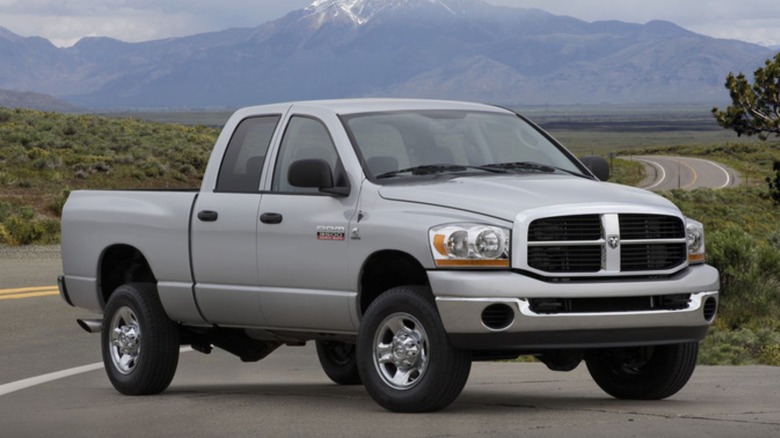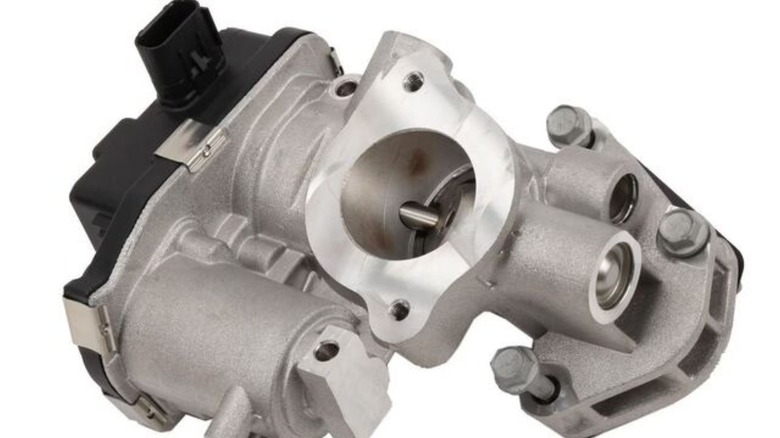When Did Cummins Start Using EGR?
The Cummins name is synonymous with diesel engines and have been famously put in most Dodge vehicles through the years. The first Cummins engine to be put into a Dodge was in 1989, but many may wonder when was the first time EGR valve or exhaust gas recirculation system was introduced in them.
Dodge officially started putting the EGR technology along with a particulate filter in the Dodge trucks from mid of 2007 when the new 6.7L diesel engine debuted replacing the 5.9L diesel engine. The EGR system and particulate filter did help control emissions but added extra complexity and reliability issues.
The older 5.9L diesel engines did have a pseudo-EGR of sorts which was done by using a different cam profile which essentially closed a valve quicker than required which trapped some of the exhaust gasses inside the cylinder. Many car owners called this as "in-cylinder EGR", but this was not a proper EGR system, which consisted of an EGR valve. This "in-cylinder EGR" system allowed Dodge to roll out vehicles without a proper EGR for quite some time, as the competition came out with EGR systems quite a few years before than Dodge.
What does an EGR system do and why is it required?
An exhaust gas recirculation system or EGR recirculates the exhaust gasses back into the engine. This is done through an EGR valve, which directs the harmful exhaust gasses coming out of the exhaust manifold back into the air intake. This in turn cools the combustion chamber, which in turn reduces the formation of NOx during the combustion process.
This is a requirement for all modern diesel engines to have because it helps control emissions and primarily in place to control the amount of NOx that is dispersed into the environment. One of the main advantages of having an EGR system is its cost-effectiveness, and it aids in the fuel efficiency of the vehicle as well.
Many people don't like the EGR systems in their cars because it causes an increased amount of particulate matter and also causes large amounts of carbon build up. It also brings an added complexity which could be unreliable, and it is one of the first thing that goes when people are looking to tune their vehicles. This is why many people like to remove the EGR systems completely or use a blanking plate in front of the EGR valve to block the exhaust gasses from going back into the intake.

